

王之博 Wang Zhibo 1981年生于中国浙江省 现工作生活于德国柏林 Born 1981 in Zhejiang, China. Lives and works in Berlin, Germany. |
图片由艺术家和马凌画廊提供 Image courtesy of the artist and Edouard Malingue Gallery |
(Scroll down for English)
一层轻薄的雪精致地覆盖着热带景观;玻璃陈列柜里摆放着一系列人类学展品;模糊视线中相对而坐的母亲和小孩;每一个作品都呈现了王之博(1981年生于中国)从地理、历史、人口和建筑角度所追寻关于现实的怪诞范畴。毕业于中国美术学院油画系,王之博创作别具匠心的油画作品,模糊我们对于空间和时间的认知。在主题上超越传统主义,既新奇又充满挑战。她的作品呈现了我们视觉经验的变化,正如水中倒影:通过绘画来表达对象的多质化。
一如既往地关注我们概念中的真实,王之博的创作亦呈现出阶段性的变化与发展。例如2012年的《驻波》系列体现了艺术家对于建筑的浓厚兴趣并引领观者走进孤立、神秘莫测的空间。她笔下的场景看似真实,但又带点虚幻意味:在小瀑布、高耸的大树、大石等仿似大自然的环境中却同时可见水泥路径、栏杆或喷泉等人工的建筑。她刻意不描绘特定的地点,其作品可看作是对杭州的一间旅馆亦或是对美国郊区的刻画;而正是这种奇异的场景配搭,使得王之博的画作充满神秘怪诞感。更值得注意的是,观者虽然可从画中感受到一丝有人存在或遗下的痕迹,但此人却是完全无迹可寻。观者会因此对这场景感到困惑不解:这是荒废的,想像中的,被转移了,抑或是被重新发掘的空间?
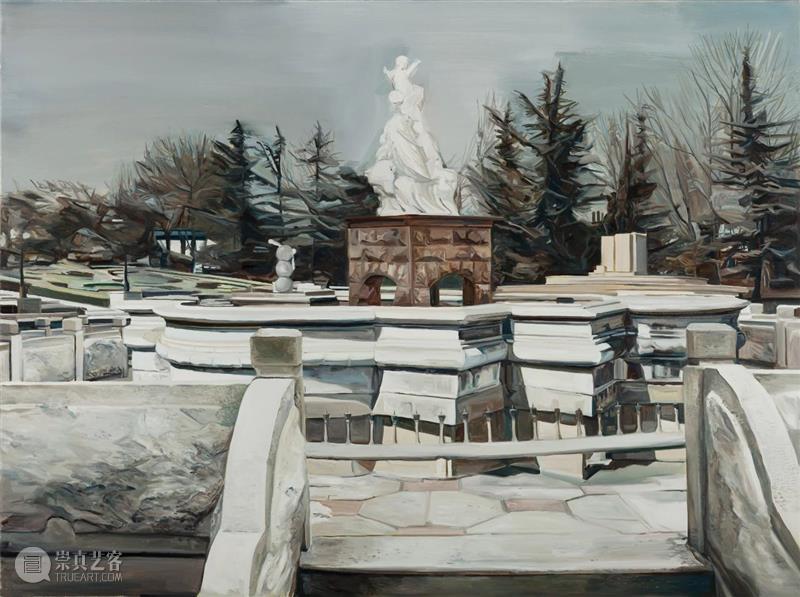
≡ 王之博 Wang Zhibo
基座 Bases, 2012
布面油画Oil on canvas
150 x 200 cm
图片由艺术家和马凌画廊提供
Image courtesy of the artist and Edouard Malingue Gallery
王之博后来的画作也反覆强调这种时间和孤立性上的含糊。例如在《忧郁的热带》, 她出乎意料地在繁茂的雨林景观上覆盖了一层轻薄的雪。作品模糊了我们对于地理的认知, 又暗指当下的气候变化,先前不合情理的场景叠加似乎在顷刻间有了可能性。即使没有直接描述人的痕迹, 画作亦隐晦地指向我们自己的过失。《时间旅行者》 (2015) 则进一步见证了王之博作品中穿越了时空的视野。虚实结合的画法使画面如迷雾般引人入胜,缓缓升起的雾气更加强了这其妙的幻境。
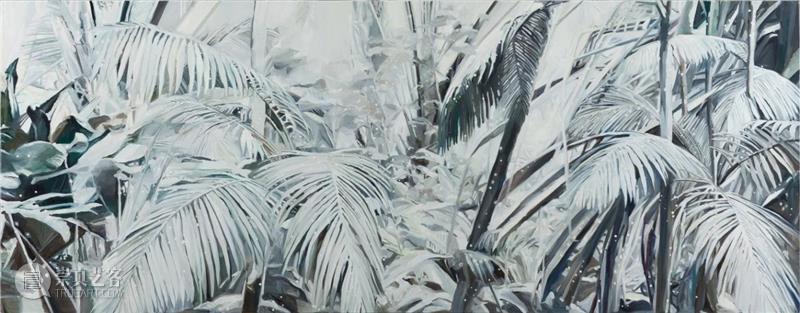
≡ 王之博 Wang Zhibo
忧郁的热带Ⅱ Tristes Tropiques II, 2012-2015
布面油画 Oil on canvas
90 x 230 cm
图片由艺术家和马凌画廊提供
Image courtesy of the artist and Edouard Malingue Gallery
相反,王之博的一些作品似乎指向人的存在;但更细致地观察则会发现, 人仍是无从寻找的。如在《母与子》 (2015)中,王之博沿袭了圣母与耶稣的构图传统。然而,画中的场景无疑是某个部落:地面上散落着许多头骨,母亲和儿子都佩戴着珠状的木质装饰。更重要的是,画面勾勒了母亲脸部的线条, 而孩子的脸却令人惶恐地被模糊化,甚至近乎被毁了容。如此强有力的表达让我们更清楚地意识到我们对面部特征和表情的依赖。
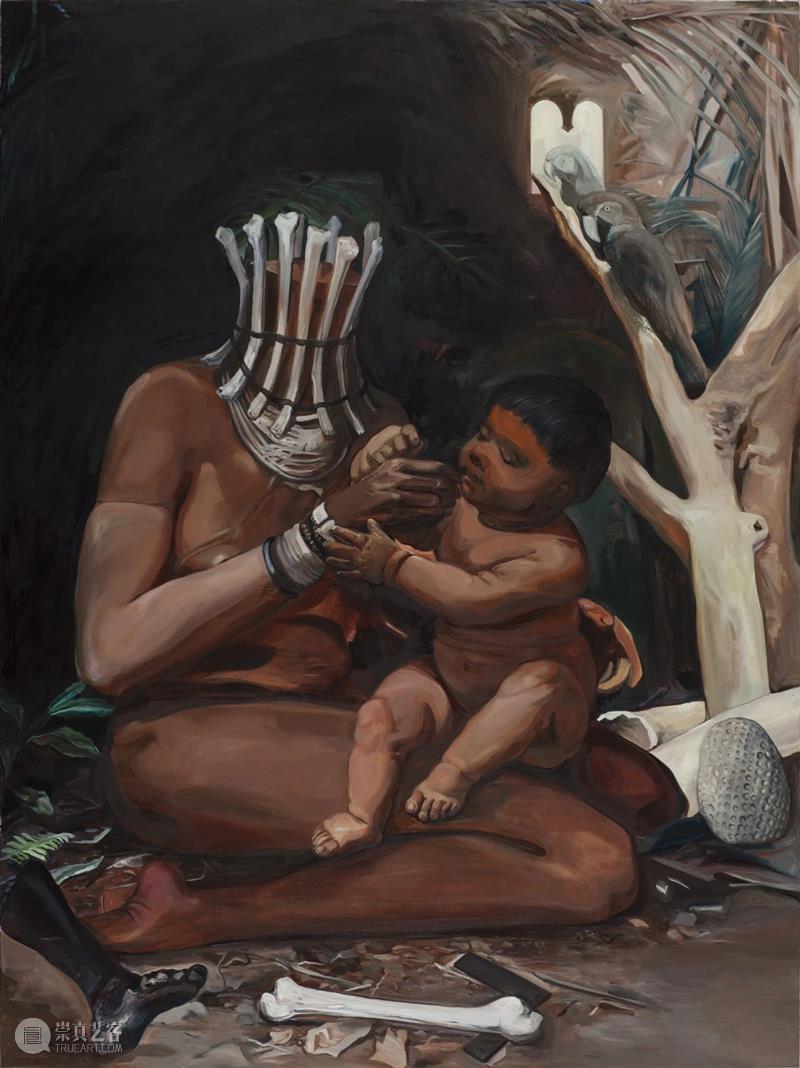
≡ 王之博 Wang Zhibo
We leave that to the people who wear them, 2015
亚麻布面油画 Oil on linen
160 x 120 cm
图片由艺术家和马凌画廊提供
Image courtesy of the artist and Edouard Malingue Gallery
王之博的《档案》系列备受关注,聚焦近景的同时又采用广角,作品刻画了一系列以人类学视角陈列于博物馆玻璃柜里的人头。王之博曾在2013年的采访中提及,“我想或许我可以说,我的某种创作方式近似于人类学研究,” 《档案》的灵感则是来源于艺术家在美国、欧洲和中国旅行时参观当地博物馆的经历。王之博的作品是对我们观察事物的方式,尤其是其中人类互动的作用的反思,同时作品也挑战了我们对于博物馆收藏和展出职能的既成观念,并拓展博物馆的概念,使之成一个可以互动与互相审视的空间。
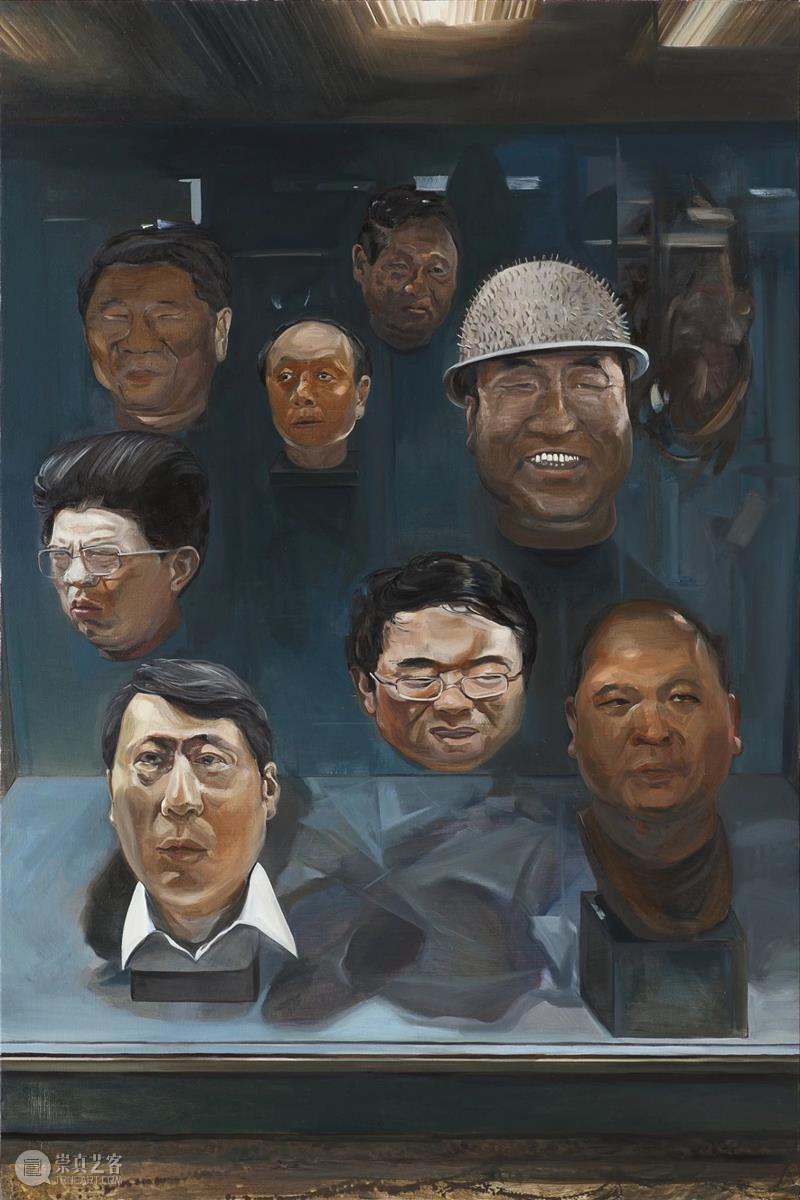
≡ 王之博 Wang Zhibo
档案 Ⅱ Archives Ⅱ, 2014 - 2015
亚麻布面油画 Oil on linen
160 x 107 cm
图片由艺术家和马凌画廊提供
Image courtesy of the artist and Edouard Malingue Gallery
她的一系列静物图继续发展了这一关于观察和展示的概念,例如《骗局》 (2015)和《米德的困惑》(2015) 则描绘了一系列被单独陈设在架子上的植物。同样挑战我们对地理和认知的概念,画面中被放大的栗子被摆放在相同体积的香蕉旁,用塑料袋包裹的无花果紧挨着同样被包裹的卷心菜。可辨识的物件,他们的摆放和陈列同样与我们的肢体动作产生联系:悬挂,平衡,推挤,摆设。最后,这些作品总结了王之博创作理念的基石,通过细致的思考和对平凡事物的刻画,艺术家试图指向我们的思维局限,并通过时间和空间拓展我们的认知。
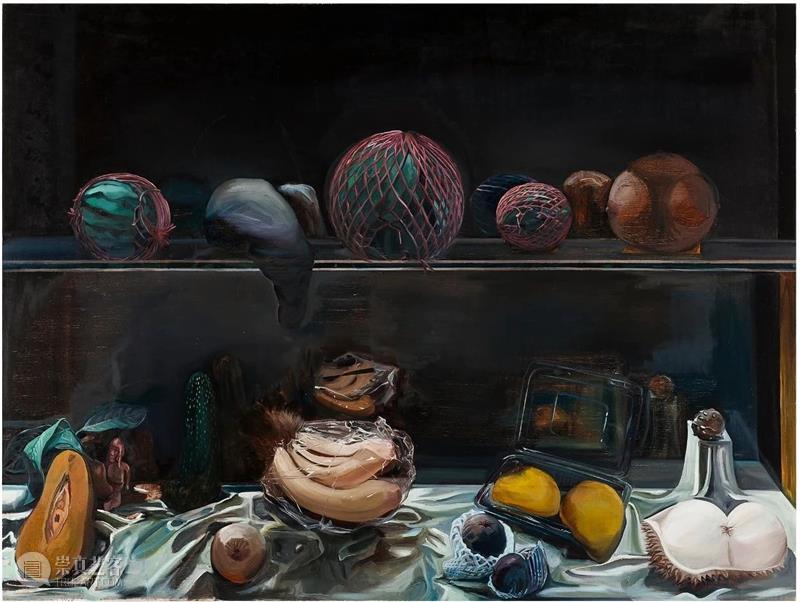
≡ 王之博 Wang Zhibo
骗局 Hocus Pocus, 2015
布面油画 Oil on canvas
135 x 180 cm
图片由艺术家和马凌画廊提供
Image courtesy of the artist and Edouard Malingue Gallery
王之博是位享有国际声誉的中国女性艺术家, 2008年获得罗中立奖学金后开始崭露头角。她的个展曾在马凌画廊上海空间(2018)和纽约军械库(2013)展出。她的作品也曾在柏林时代美术馆(2019)、巴黎瓦西列夫公馆 (2017)、广东时代美术馆(2017)、重庆美术馆(2015)、悉尼 Penrith Regional 画廊(2014 )、北京今日美术馆(2008)、台北当代艺术馆(2008)、上海美术馆(2007)展出。作为最有代表性的中国女性艺术家之一,其作品被收录在艺术作家Luise Guest 于2016年出版的《半边天:与中国女性艺术家的对话》中。
(左右滑动查阅更多 Slide for more)
≡ 王之博 Wang Zhibo
个展“他不再有人的模样”展览现场
Installation view at solo exhibition "He no longer looks human"
马凌画廊(上海)Edoaurd Malingue (Shanghai), 2018
图片由艺术家和马凌画廊提供
Image courtesy of the artist and Edouard Malingue Gallery
🔗 点击链接 查阅个展新闻稿 Click link for press release
🔗 点击链接 查阅更多作品图片 Click link for more work images
(左右滑动查阅更多 Slide for more)
≡ 王之博 Wang Zhibo
“潘玉良: 沉默的旅程”展览现场
Installation View at “Pan YuLiang: A Journey to Silence”
广东时代美术馆 Guangdong Times Museum, 2017
图片由广东时代美术馆提供
Image courtesy of Guangdong Times Museum
🔗 点击链接 查阅群展介绍 Click link for exhibition info
(左右滑动下方图片 查阅更多作品图片
Slide for more work images below)
(左右滑动查阅更多 Slide for more)
≡ 王之博 Wang Zhibo
“潘玉良: 沉默的旅程”展览现场
Installation View at “Pan YuLiang: A Journey to Silence”
瓦西列夫公馆,巴黎 Villa Vassilieff, Paris, 2017
图片由艺术家提供
Image courtesy of the artist
Tropical sceneries finely coated by a delicate layer of dewy snow; glass cabinets housing an array of anthropological items; the blurred vision of a seated mother and child; each are running explorations in Wang Zhibo’s (b. 1981, China) practice that surveys the absurd spectrum of what is real – geographically, historically, ethnographically, architecturally. A graduate from the China Academy of Art Oil Painting Department, Wang creates oil on canvas paintings that confound our notions of time and space. Transcending traditionalism through the subject matter depicted, which is both curious and challenging, Wang channels her painting to represent the variances of our visual experiences, similar to the reflection on the surface of water: capable of capturing the multiple manifolds of a subject.
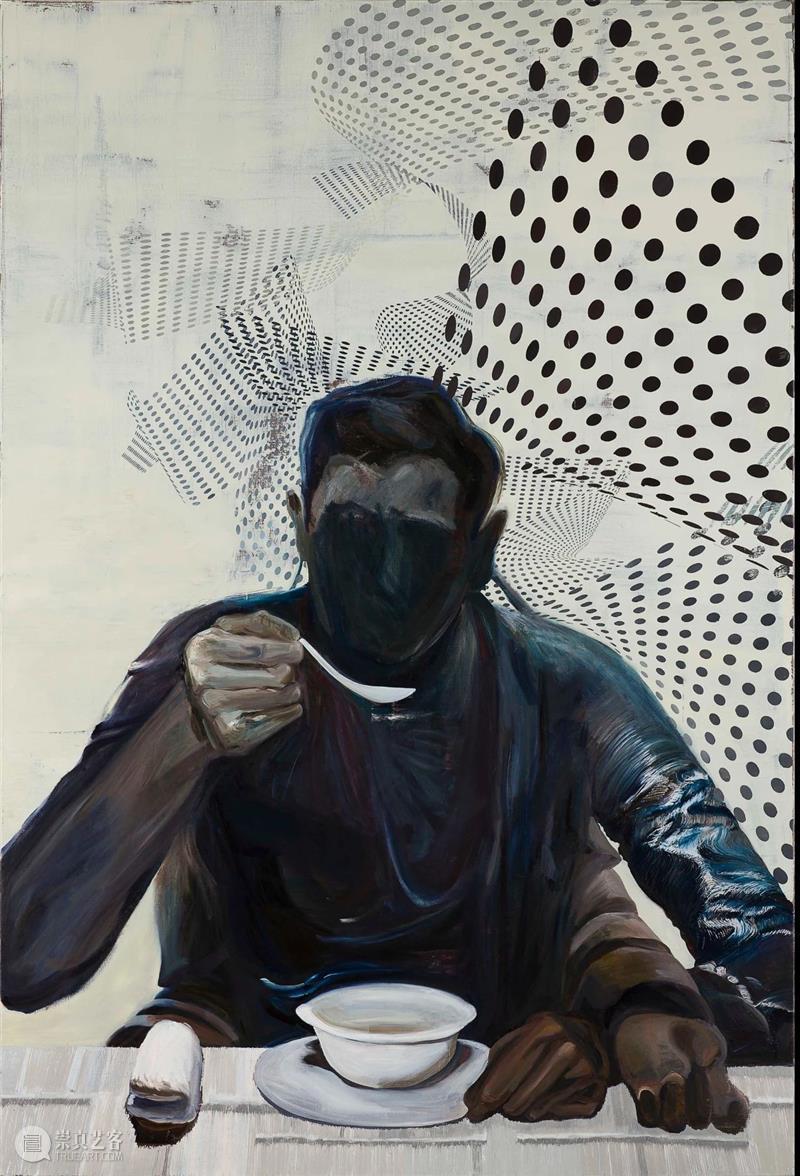
≡ 王之博 Wang Zhibo
坐(圣徒一)Sitting (Saint 1), 2018
布面丙烯与油彩 Acrylic and oil on canvas
200 x 135 cm
图片由艺术家和马凌画廊提供
Image courtesy of the artist and Edouard Malingue Gallery
Whilst always retaining a focus on our concepts of the real, Wang’s work has seen a sequence of periodic evolution. Wang’s ‘Standing Wave’ series from 2012, for example, exemplifies a particular interest in architecture and draws viewers into distinctly enigmatic and isolated spaces. Seemingly realistic yet illusory, Wang depicts settings that combine natural elements such as running water, a towering tree or a rock, with man-made constructions ranging from a cemented path to an ornate fountain. Purposely non geographically-specific, Wang’s paintings could be reflecting a hotel in Hangzhou or a rural outlet in the US; an aura of displacement that lends each work an eery and engaging force. Moreover, whilst the viewer senses the presence and tracks of man, he is pointedly nowhere to be found. The viewer is thus confounded as to the status of the space: abandoned, imagined, transplanted or discovered.
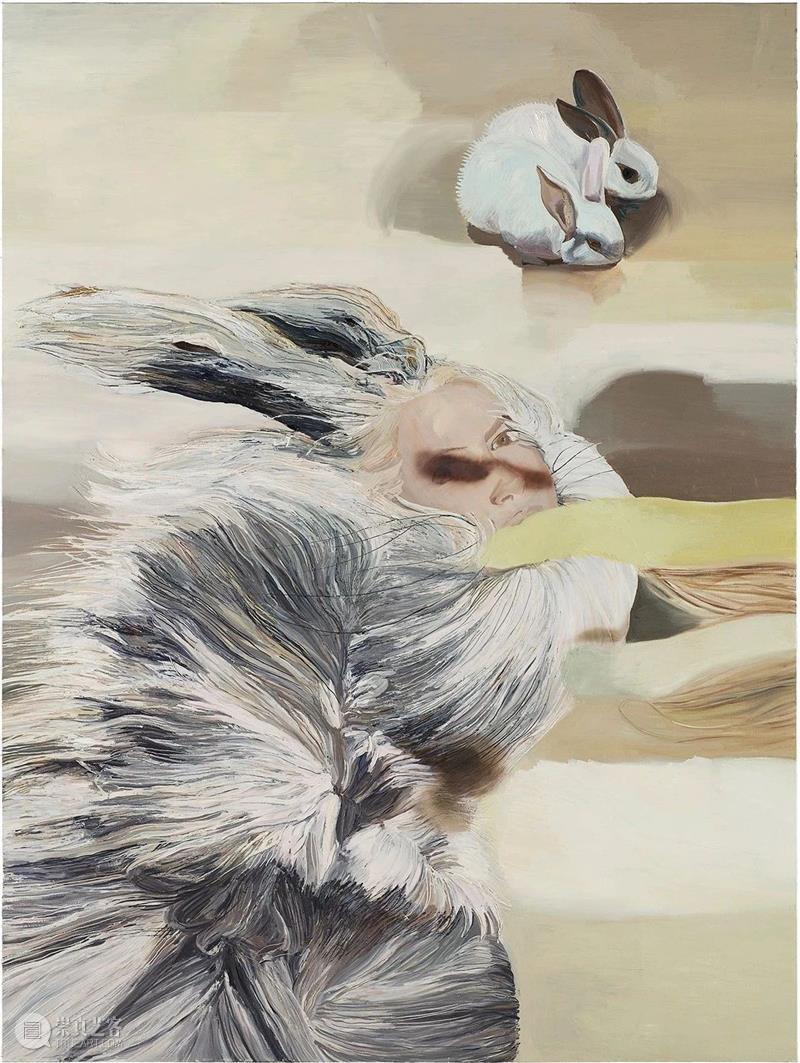
≡ 王之博 Wang Zhibo
好生活 Better Life, 2018
布面油画 Oil on canvas
180 x 135 cm
图片由艺术家和马凌画廊提供
Image courtesy of the artist and Edouard Malingue Gallery
This running ambiguity regards time and space laced with isolation permeates Wang’s further series. ‘Tristes Tropiques’, for example, which focuses on leafy tropical landscapes, absurdly presents each setting coated by a fine layer of misty snow. Probing our geographical understanding, the works equally allude to shifting climates, and the impending possibility of the previously implausible. Devoid of human presence, our personal culpability is hinted at without being explicitly spelt out. ‘Time Traveler’ (2015) furthermore testifies to visual transportation, whether into the future or the past, or even seemingly across dimensions. Dewy and nearly spectacular, the painterly finish hints to illusions, a magical environs, a sentiment that is heightened by the rising mist.
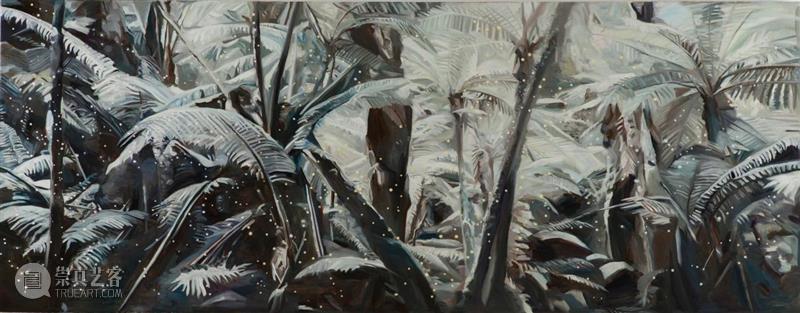
≡ 王之博 Wang Zhibo
忧郁的热带ⅡI Tristes Tropiques III, 2012-2015
布面油画 Oil on canvas
90 x 230 cm
图片由艺术家和马凌画廊提供
Image courtesy of the artist and Edouard Malingue Gallery
Several of Wang’s works, however, seem to contrarily hint at human presence; upon closer inspection though, one notes that each painting is crucially devoid of humanity or expression. ‘Mother and Son’ (2015), for example, presents a classically religious composition. Yet, the setting is distinctly tribal with various skulls scattered upon the floor and both figures being adorned by bead-like wooden jewellry. More importantly, whilst the mother’s face is delineated, the child’s is unnervingly blurred to the extent of resembling defacement. Such vigorous anonymity heightens our consciousness of how much is read through facial features, expressions, the very characteristics that distinguish each and every one of us.
This recognition is heightened by Wang’s series ‘The Archives’, which depicts, from a focused as well as wide-angle view, museum glass cabinets housing an array of anthropological heads. Emphasising her reflection in a 2013 interview, “I think I am correct in saying that one of my working methods is similar to that of an anthropologist”, the works were inspired by visiting many museums during her travels across the US, Europe and China. A reflection on our understanding, and how much is defined by our interaction with humans, the works simultaneously challenge our understanding of the ‘museum’ as a place of storage and exhibition, extending it to a zone of interaction and mutual observation.
Developing upon this concept of observation and display are her series of still life paintings, such as ‘Hocus Pocus’ (2015) and ‘Mead’s Dilemma’ (2015), which present an array of flora, individually positioned on vertical stands. Again challenging our notions of geography as well as perception, one finds an enlarged chestnut adjacent to an equally-sized banana, or plastic-wrapped fig next to a heavily protected cabbage. Recognisable items, their placement and display takes on a bodily association: hanging, balancing, piled, positioned. Ultimately, these works summarise the cornerstones of Wang’s practice, which achieves, through the subtle consideration and rendition of the ordinary, to flesh out the limits of our understanding and extend, through time and space, our conceptual and visual boundaries.
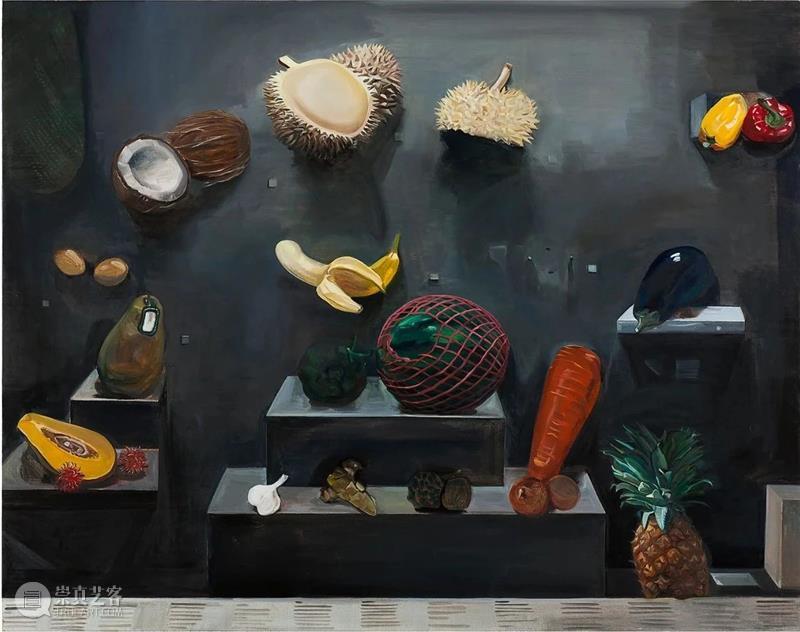
≡ 王之博 Wang Zhibo
米德的困惑 Mead's Dilemma, 2015
布面油画 Oil on canvas
150 x 190 cm
图片由艺术家和马凌画廊提供
Image courtesy of the artist and Edouard Malingue Gallery
Wang Zhibo is a highly regarded female Chinese painter who rose to prominence after being awarded the prestigious national Luo Zhongli Scholarship in 2008. Selected solo exhibitions include
'He no longer looks human', Edouard Malingue Gallery, Shanghai
(2018)
; ‘Standing Wave’, Armory Show, New York (2013). Her works have also been exhibited at Times Art Center, Berlin (2019); Villa Vassilieff, Paris (2017); Times Art Center, Guangdong (2017); Chongqing Art Museum, Chongqing (2015); Penrith Regional Art Gallery, Sydney (2014); Today Art Museum, Beijing (2008); Museum of Contemporary Art, Taipei (2008); Shanghai Art Museum, Shanghai (2007). Furthermore Luise Guest selected Wang to feature in her publication on female Chinese artists ‘Half the Sky’ (2016).
点击文末阅读原文
访问马凌画廊官网 查阅艺术家CV和电子画册
Click Read More
for artist's CV and E-catalogue on EMG's website
(左右滑动查阅更多 Slide for more)
≡王之博在柏林工作室工作
Wang Zhibo at her Berlin studio
2020
图片由艺术家和马凌画廊提供
Image courtesy of the artist and Edouard Malingue Gallery
摄影:张震扬 Photo by Martin Cheung
最新作品
Recent Works
画面上的时间一般呈现的是某个瞬间,物理意义上的一个定格。根据古代印度梵典《摩诃僧祇律》中的记载,中文的“一瞬间”可以被精确地计算为0.36秒。但是这0.36秒无法概括某一刻台面上的反光、手臂上衣纹的褶皱、头发散落时弯曲的状态、以及其中包含的某种情愫和温度。我们通常用理性来理解“物体”,分析它的材料、结构、来源。但“物体”无法摆脱空间和时间而独自存在。那就是情境赋予物体的“温度”。这种融合了情境后的物体的状态是王之博希望记录下来的,她称之为“对象写生”,将其状态融合当下的情绪生动地体现出来。王之博近年从杭州搬到柏林。东西两种文化背景的转换以及今年以来蔓延全球的生存危机也在她心上投下阴影。她的新作恰好呈现出变化中动荡的体验。(其新作将于2020伦敦弗里兹艺博会线上展厅中展出。)
The time of a painting is usually an instant, or to say, a time frame in the physical sense. According to the ancient Indian Sanskrit Canon Mahasangha-vinaya, an instant in Chinese (一瞬间) can be accurately calculated as 0.36 seconds. But within 0.36 seconds there is no way to capture either the reflective lights on the table surface, the folds of clothes along one’s arms, the curves of the hair as it hangs down loosely, or the certain sentiments and temperature that are contained during an instant. We tend to understand objects with rationality, by analyzing their makings, structures and origins. Yet objects cannot exist on their own being free from space and time. This is what the artist conceived as the “temperature” of objects that are given by their situations. Such states of objects emerged with their situation are what Wang Zhibo wishes to keep and also represent the feelings that are infused within. She calls this “sketching of the objects”. Recently, Wang has moved from Hangzhou to Berlin. There is a transition between Eastern and Western cultural backgrounds, as well as shadows casted on the artist's mind by the globally spreading survival crisis in 2020. The artist's turbulent experience in the midst of changes thus is somewhat reflected in her recent works. (Her recent works will be on show at Frieze Viewing Room 2020.)
(左右滑动查阅更多作品细节 Slide for more)
≡ 王之博 Wang Zhibo
15摄氏度,海边的民族主义乐观精神
15 ℃, Nationalistic Optimism by the Sea
2020
布面油彩及颜料墨水笔 Oil and pigmented ink pen on canvas
134×185cm
图片由艺术家和马凌画廊提供
Image courtesy of the artist and Edouard Malingue Gallery
摄影 Photo: Andrea Rossetti
一到夏天就弥漫着一种情绪:大海,沙滩,冰淇淋带来的惬意愉悦,人们在海边一起享受欢乐的夏天,乐观的情绪下每个人的政治身份被深深隐藏。也许是激进的民族主义者,或是真正的种族主义者。如此一想这样的场景就显得很荒谬。艺术家在画面中的某些部分极力渲染了那种海边的氛围,却又故意在另一些地方露出马脚。
In summer, there’s a feeling in the air filled with pleasure brought by the sea, the beaches and ice-cream. People are enjoying the summertime together by the sea, with everyone’s political identities being hidden under their optimistic sentiments. On the beach, one could be a radical nationalist, or even a genuine racist. It became an absurd scenario when you think about it this way. In this painting, the artist makes an effort to render the optimistic atmosphere by the sea in some parts, while in other parts she deliberately gives away bits of information.
(左右滑动查阅更多作品细节 Slide for more)
≡ 王之博 Wang Zhibo
扑通,扑通,扑通 Thump, Thump, Thump, 2020
布面油画 Oil on canvas
180×130cm
图片由艺术家和马凌画廊提供
Image courtesy of the artist and Edouard Malingue Gallery
摄影 Photo: Andrea Rossetti
艺术家某次在柏林的一家中餐馆就餐,几个小孩鱼贯而入,他们金色的头发在晦暗污浊的餐厅里显得明亮耀眼。被金色毛发吸引可能是身为亚裔人群特有的视觉关注点,艺术家试图抓住这一瞬间的感觉,因为金色毛发而突然对自己少数族裔身份的自我意识,而这个意识对搬迁至欧洲不久的艺术家而言可以说是崭新的。
One day, when the artist was dining at a Chinese restaurant in Berlin, a few kids filed in. Their blonde hair shined brightly in the dark and murky restaurant, and had attracted the artist’s attention, which may be a particular visual concern for Asians. The artist tried to grasp the feeling of this moment when her self-awareness of being an ethnic minority was triggered by the blonde hair. This realization is rather new to the artist for she had just moved to Europe recently.
(左右滑动查阅更多作品细节 Slide for more)
≡ 王之博 Wang Zhibo
猪猡,思乡病和巨嘴鸟
Piggy, Homesickness and Toucan
2020
布面油画 Oil on canvas
180×130cm
图片由艺术家和马凌画廊提供
Image courtesy of the artist and Edouard Malingue Gallery
摄影 Photo: Andrea Rossetti
作品的背景是中国大陆随处可见的公共建筑空间。前景中衰老的面庞被扣在年轻的身体上,突兀的样貌是艺术家对自己未来样子的幻想。同样格格不入的还有长着一张假嘴似的巨嘴鸟。艺术家用夸张的黄色来强调人物的肤色,是因为来欧洲之后对“猪猡”这个词的新认知。这个移民时代早期经常被提及的歧视性文字,如今也有了别的意思。在柏林,被思乡的情绪笼罩着,却又早已无法回头,艺术家把在各种时间和空间里的体验连接在了一起。
The background of the painting is some sort of public architectural space which can be seen everywhere in China. In the foreground, an aged face is placed on top of a young body. This abrupt appearance is what the artist imagines herself to look like in the future. Meanwhile, also looking odd in the image is a toucan with a seemingly fake beak. The exaggerated yellow the artist uses to emphasize the skin colour comes from her new perception of the word “piggy” after having moved to Europe. This discriminatory word which was often used back in the early times of immigration, now has new meanings. In Berlin, the artist is haunted by nostalgia. But there’s no way back. So she ties together her experiences of various times and spaces.
正在展出 CURRENT EXHIBITION:
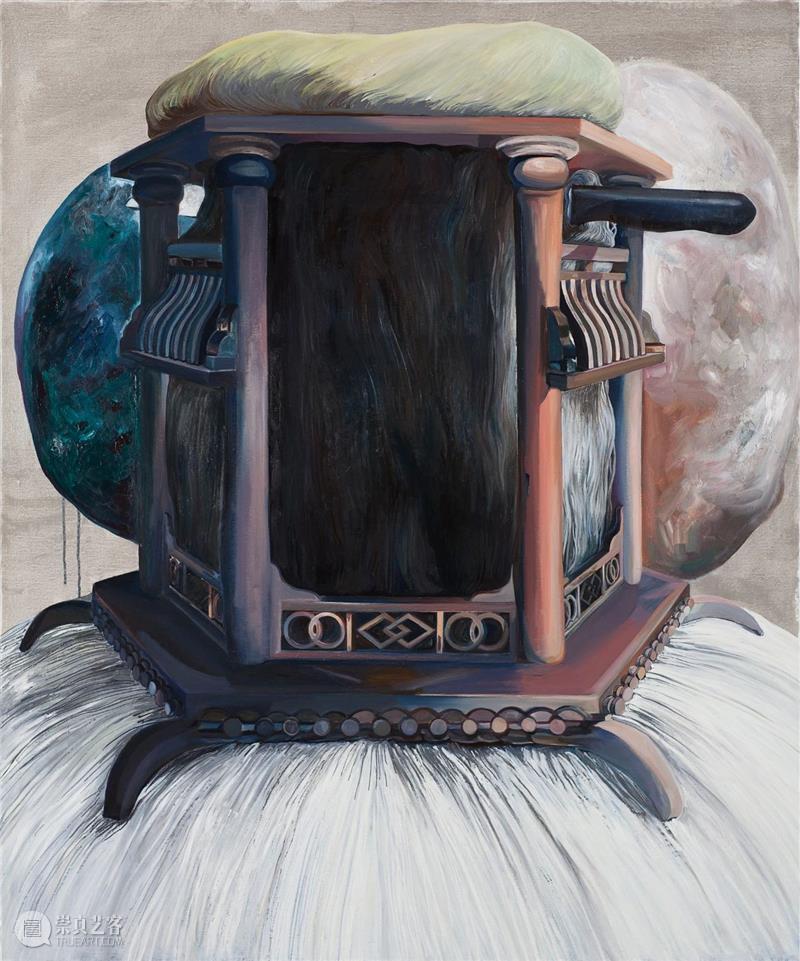 | 线上展厅 Online Viewing Room 北京当代艺术展 Beijing Contemporary Art Expo 2020 周育正 Chou Yu-Cheng 陶辉 Tao Hui 王之博 Wang Zhibo 郑洲 Zheng Zhou 20.9.25-10.24 |
即将展出 UPCOMING EXHIBITION:
 | 线上展厅 Frieze Viewing Room 2020伦敦弗里兹艺博会 Frieze London 2020 周育正 Chou Yu-Cheng 王之博 Wang Zhibo 杨季涓 Yang Chi-Chuan 20.10.7-10.16 |




已展示全部
更多功能等你开启...
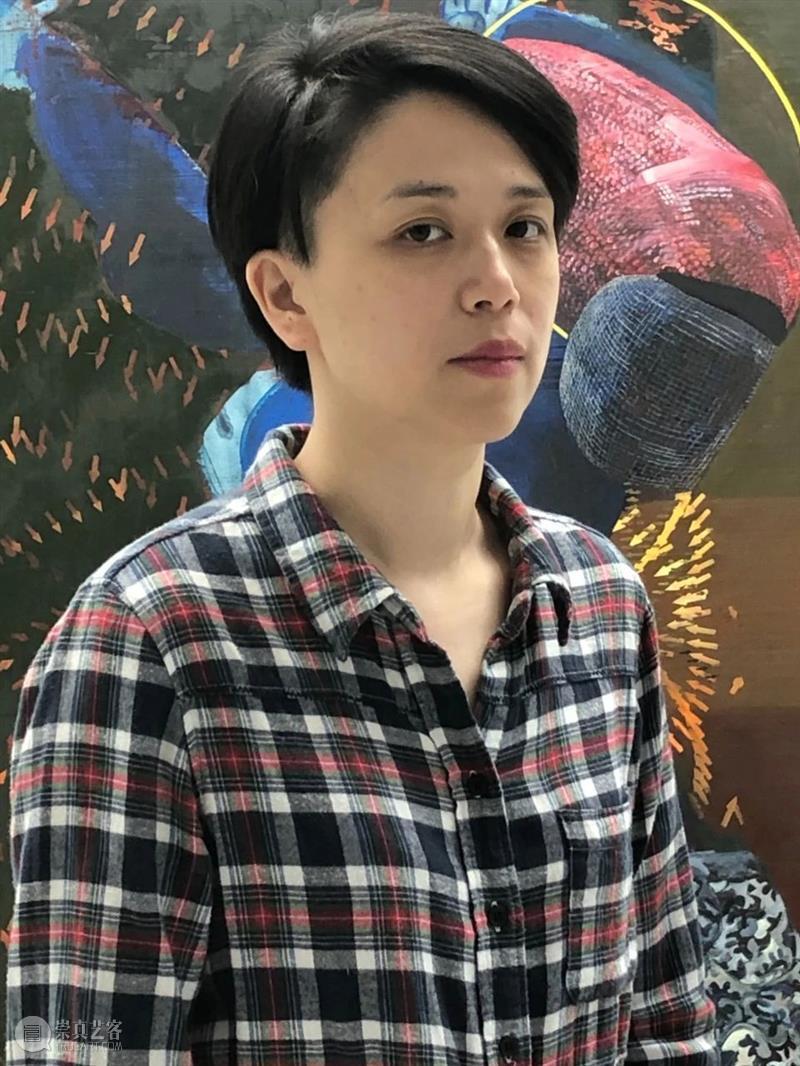

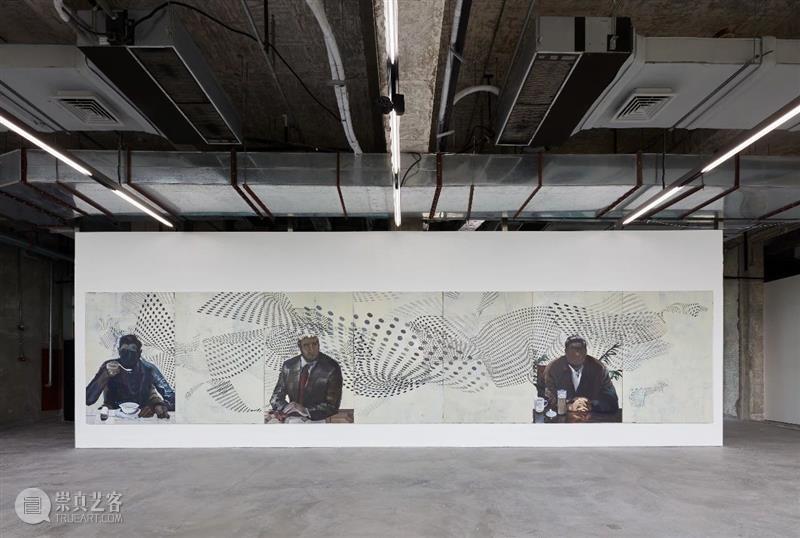
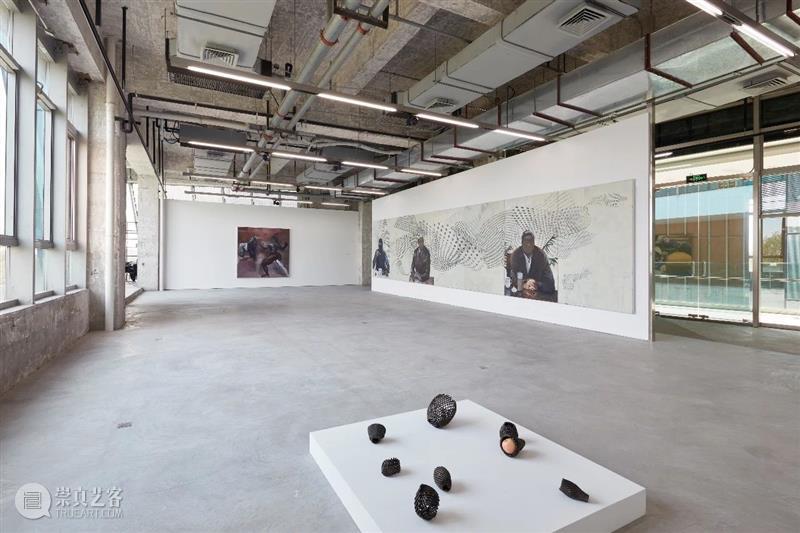
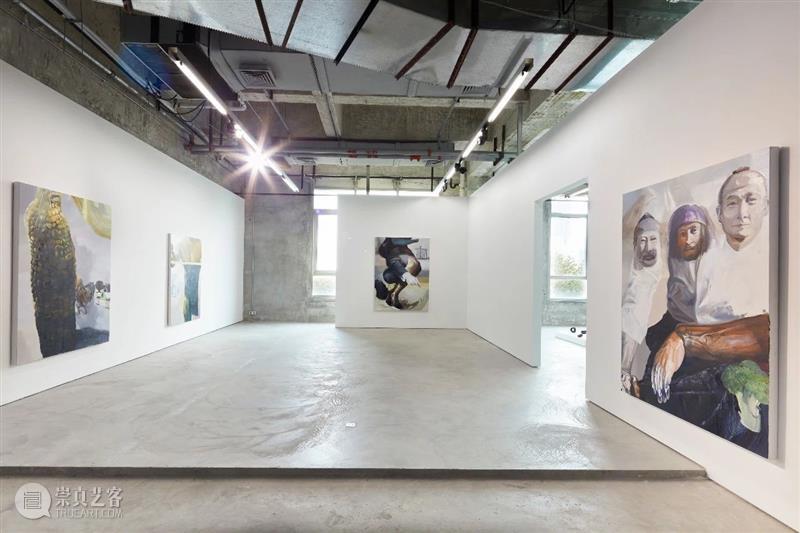
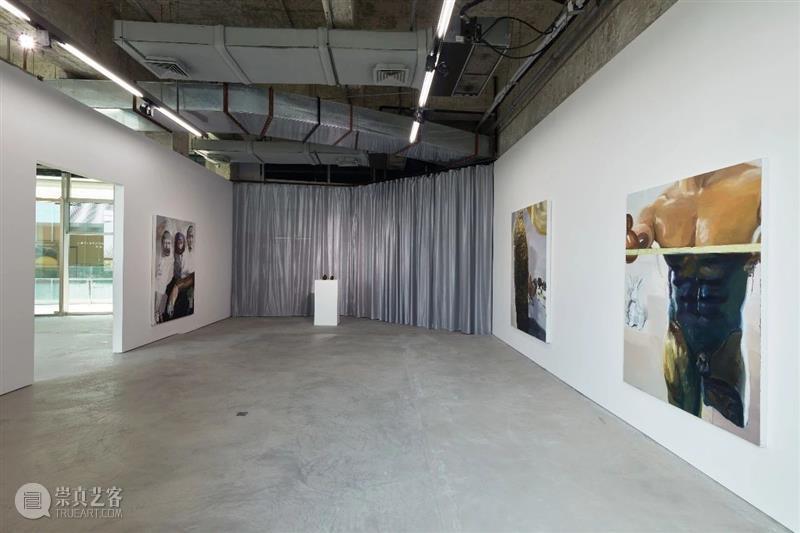
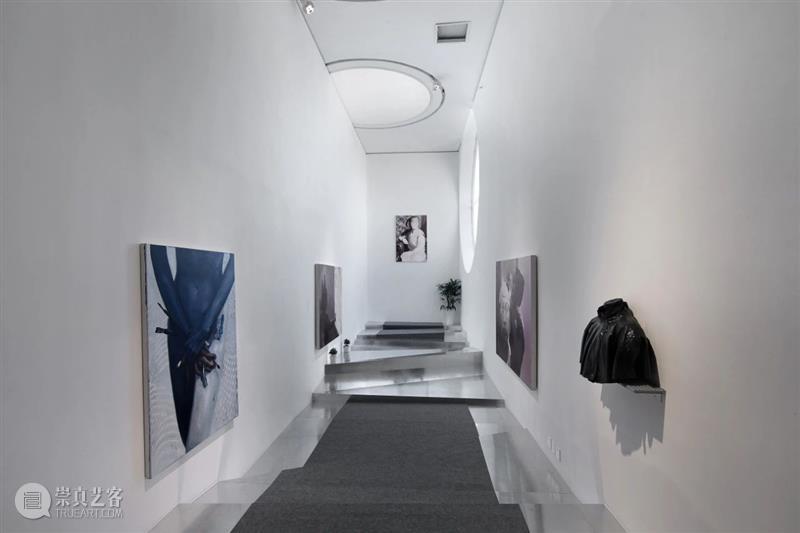
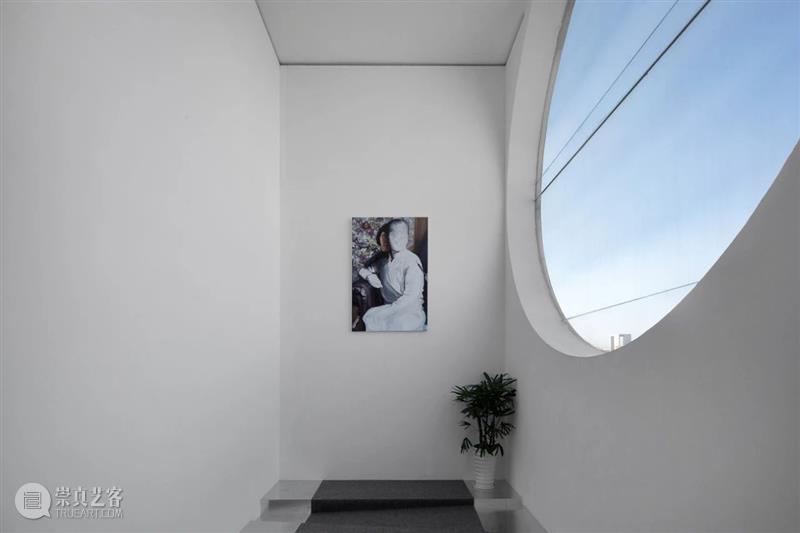
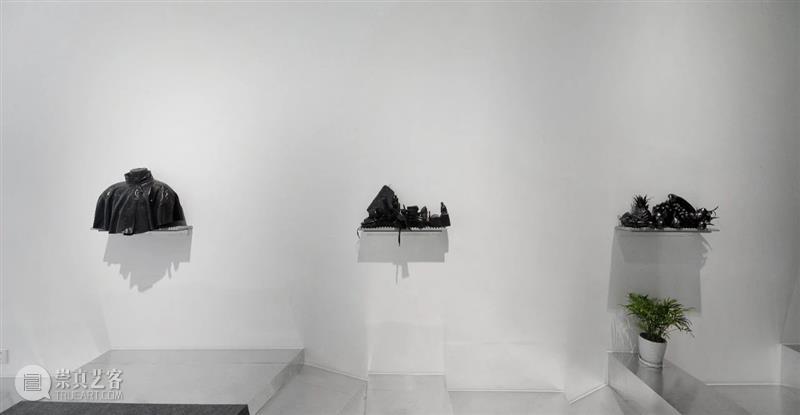
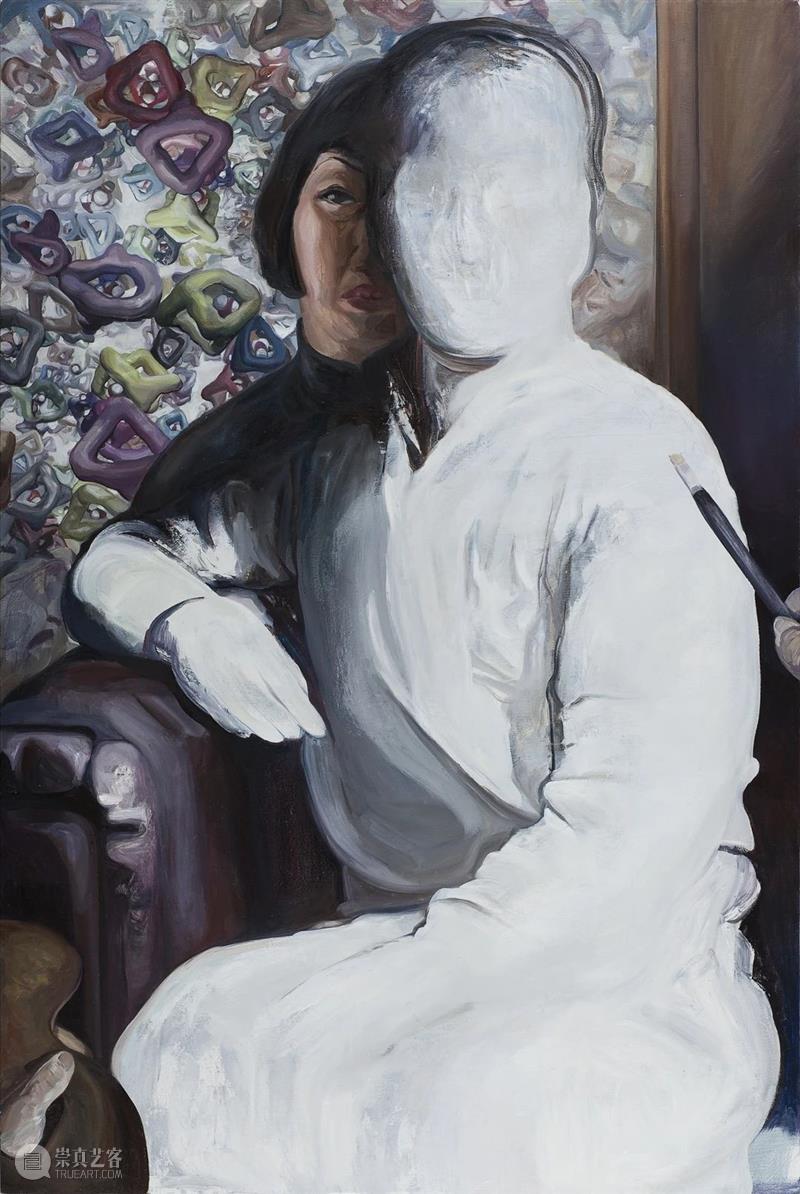
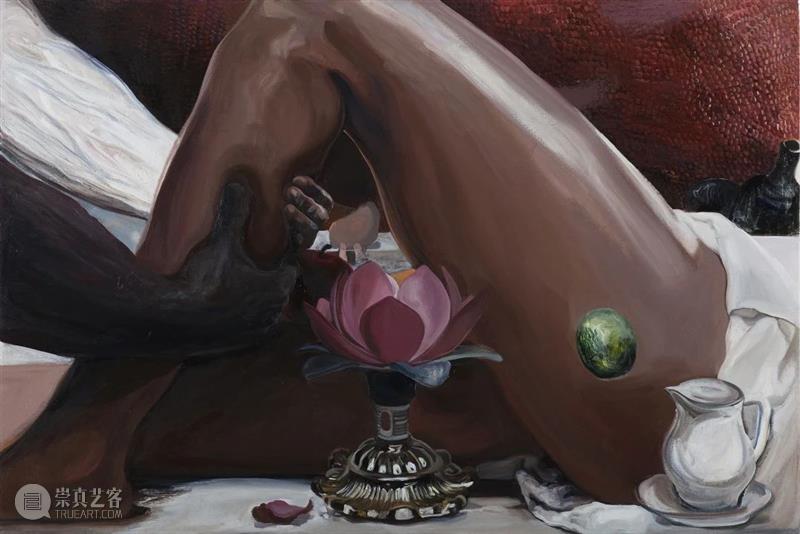
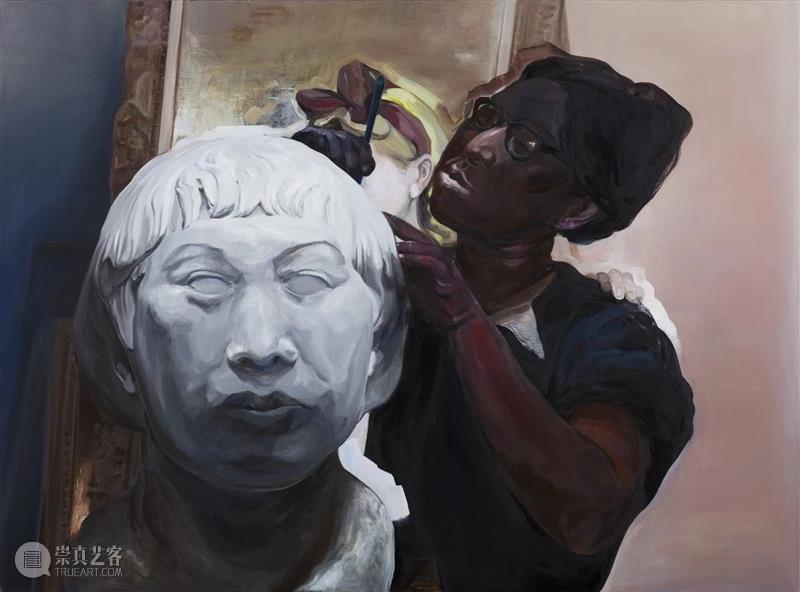
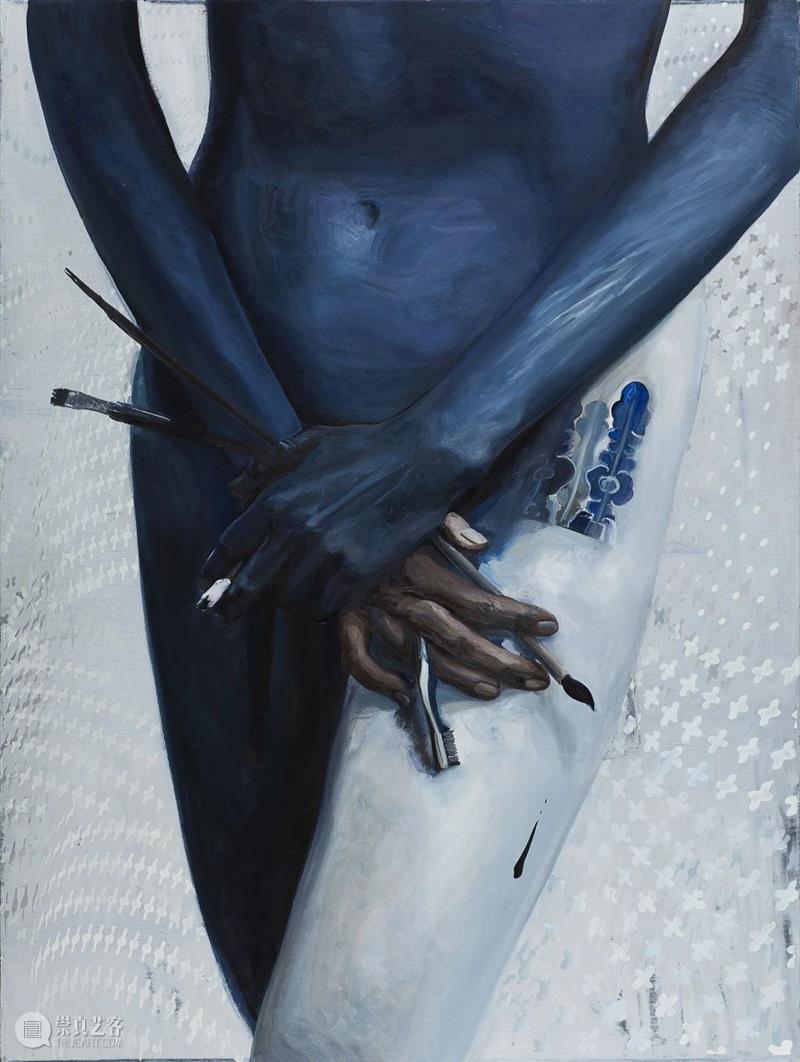
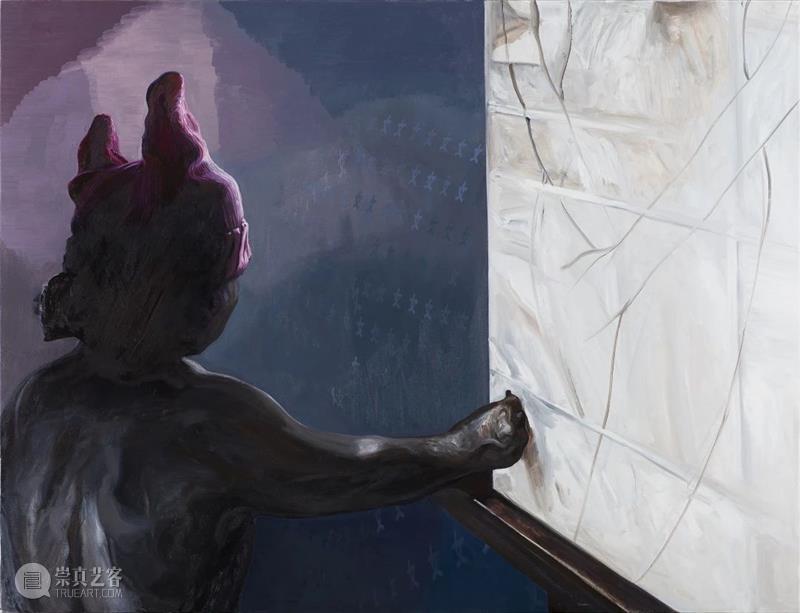
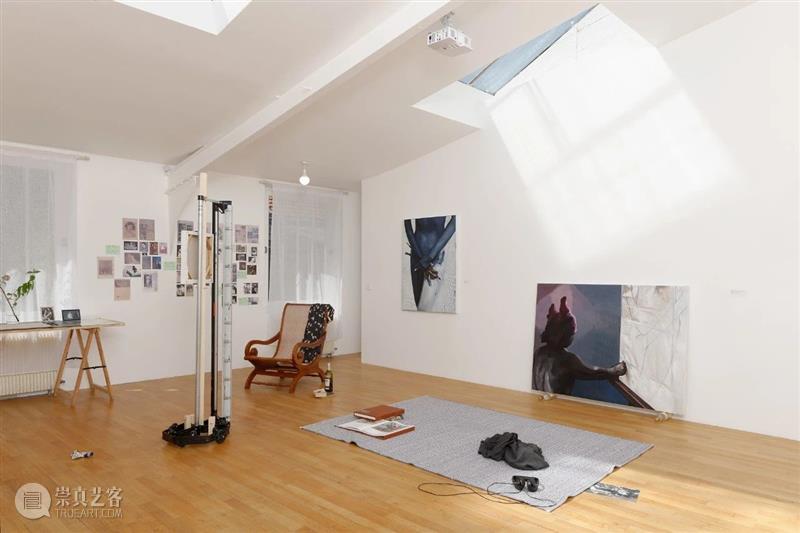
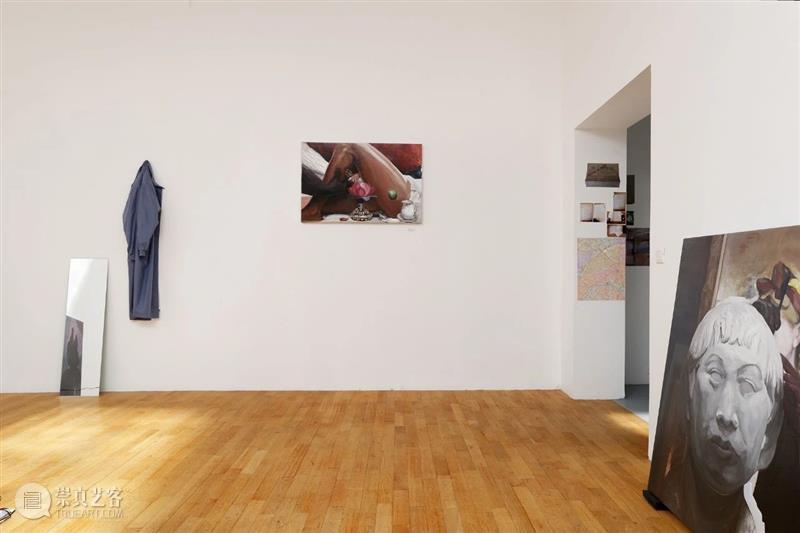
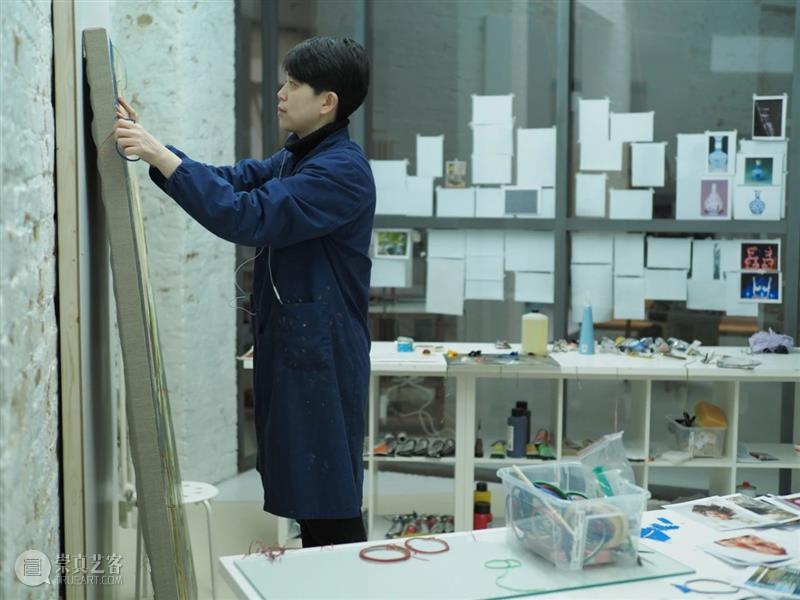
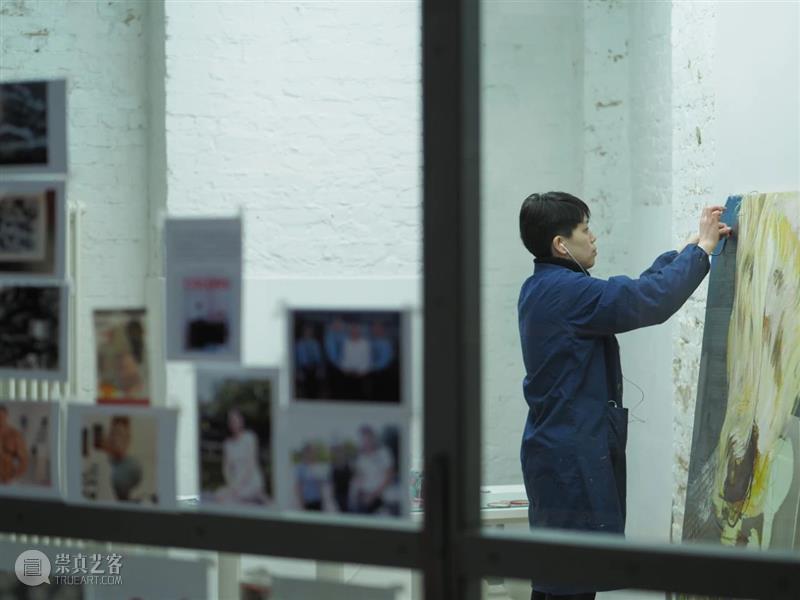
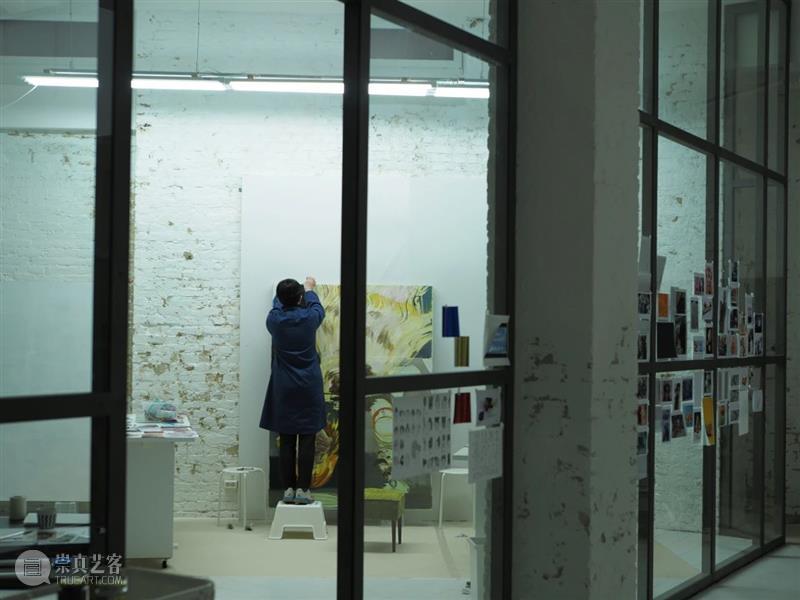
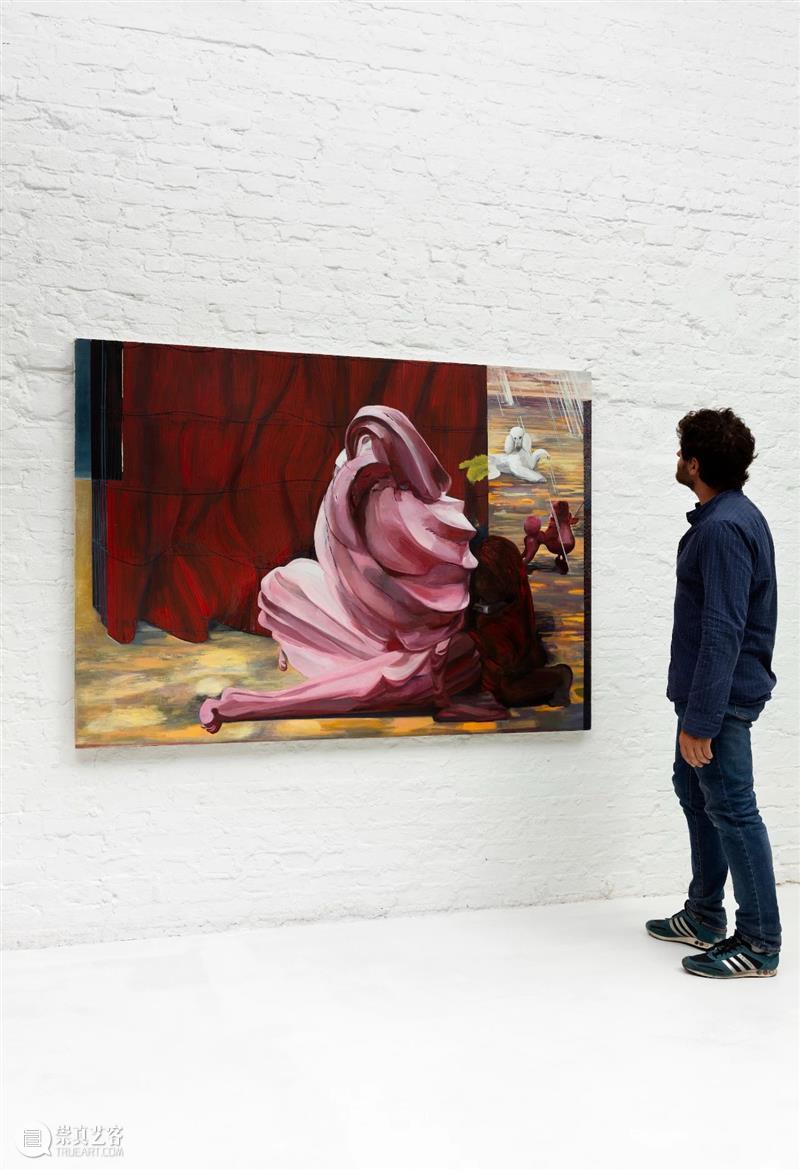

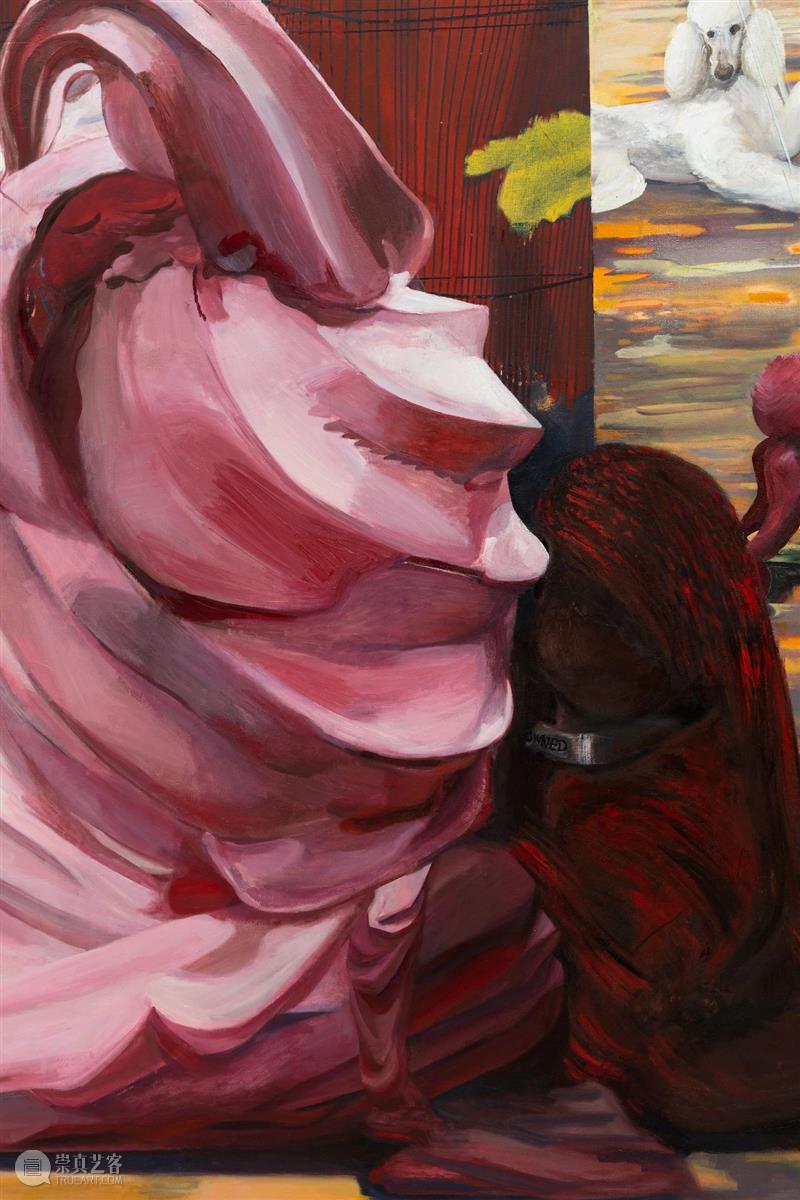
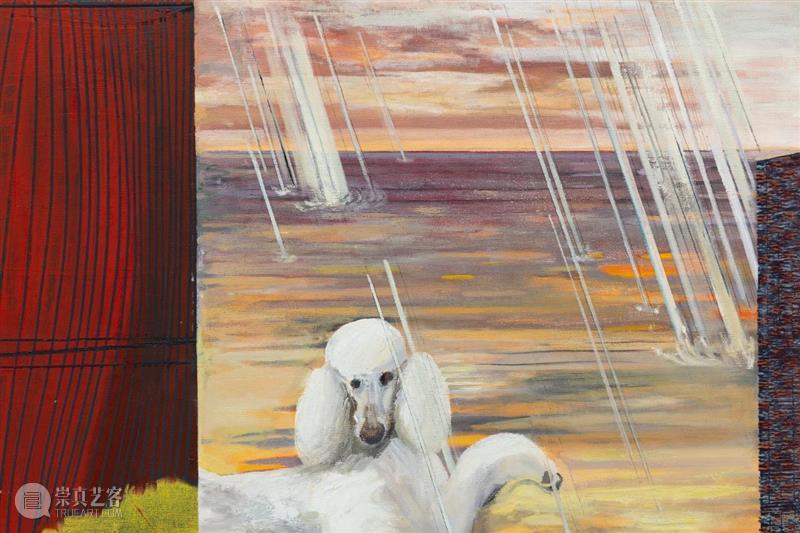
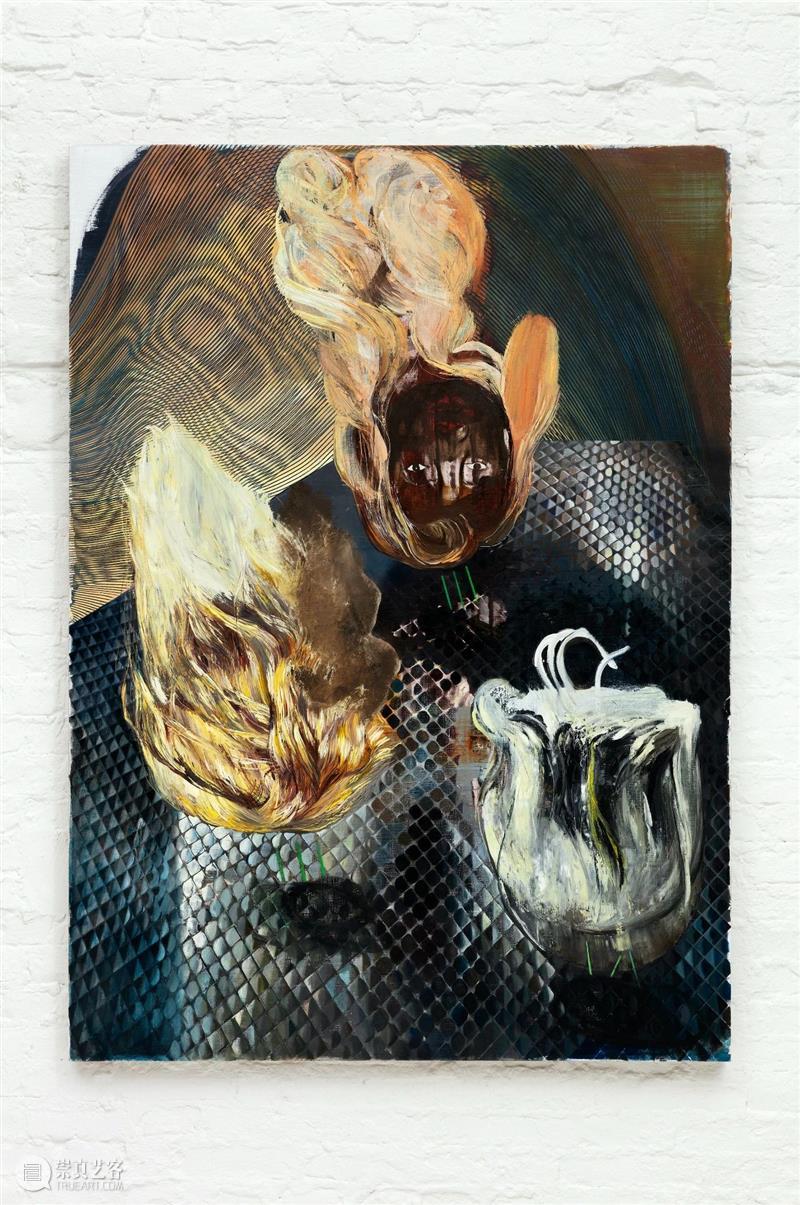
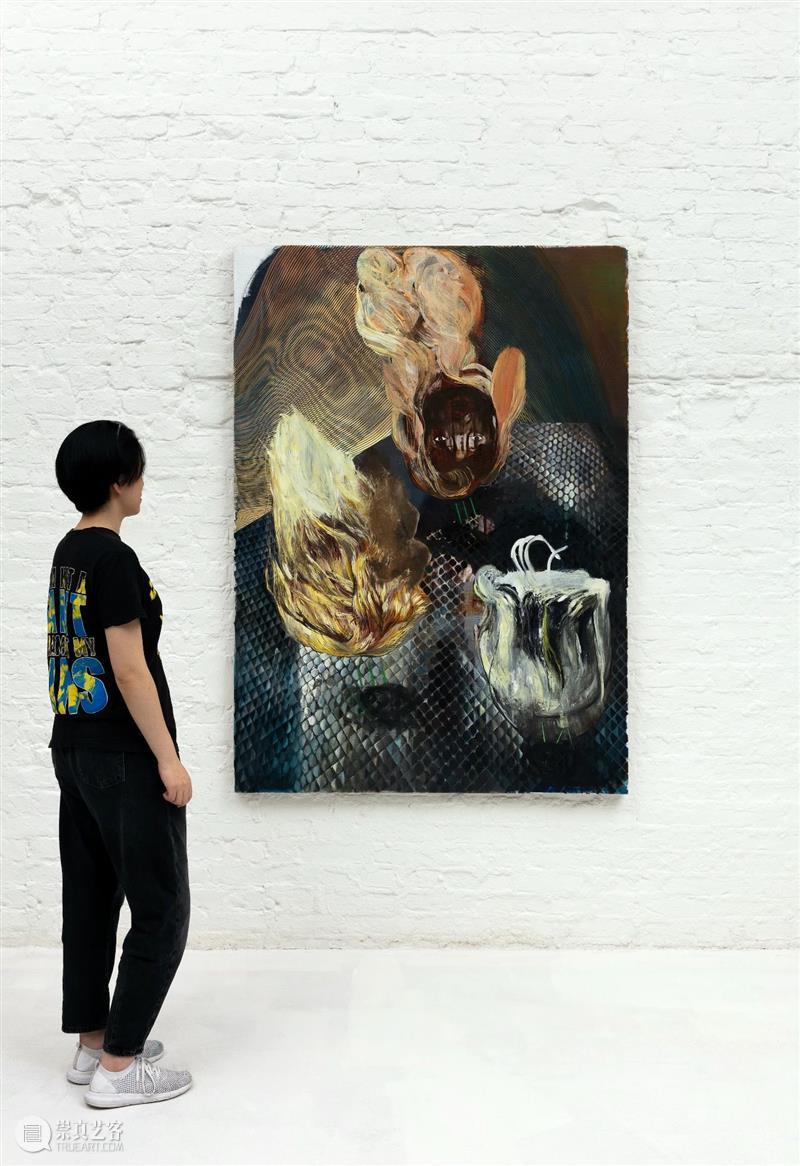
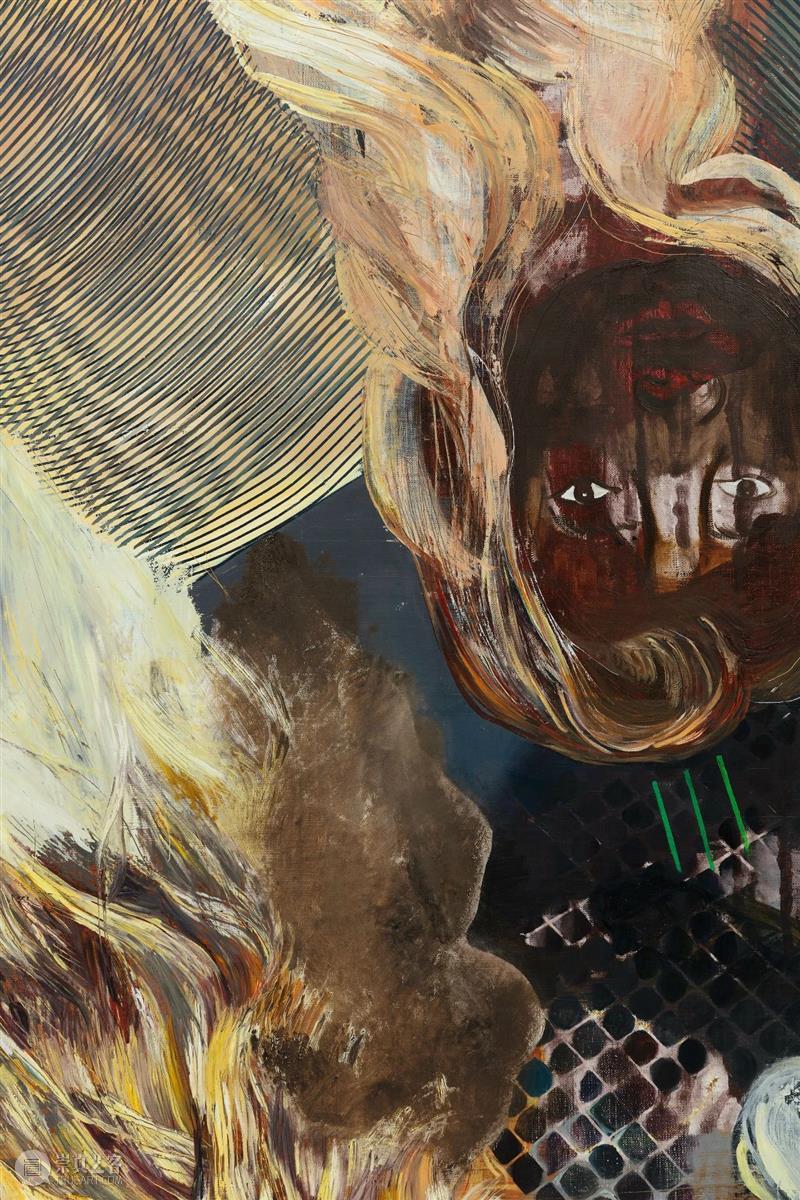
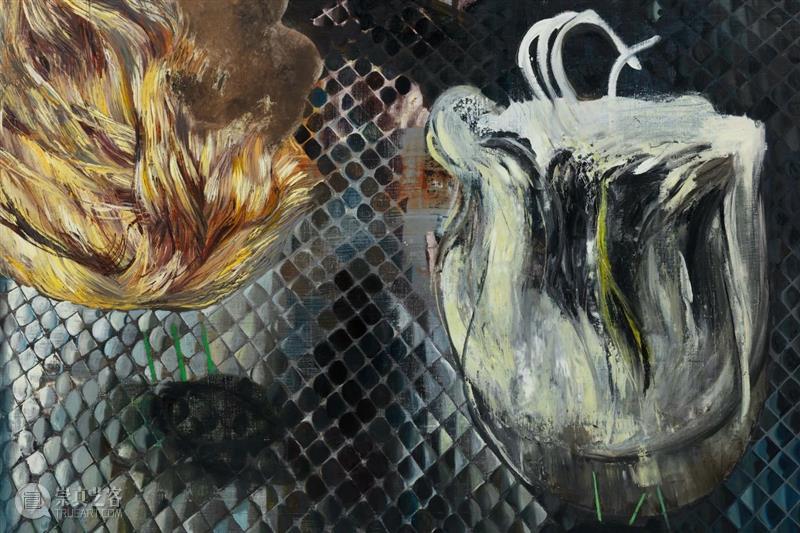
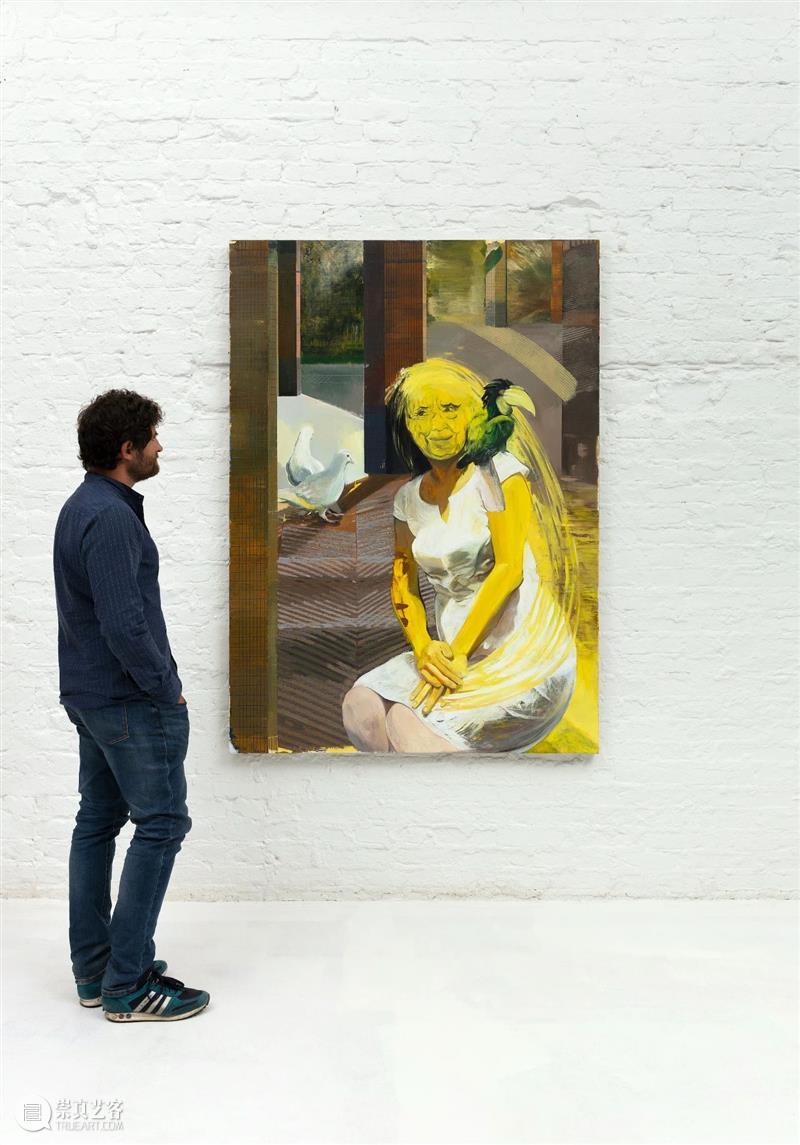
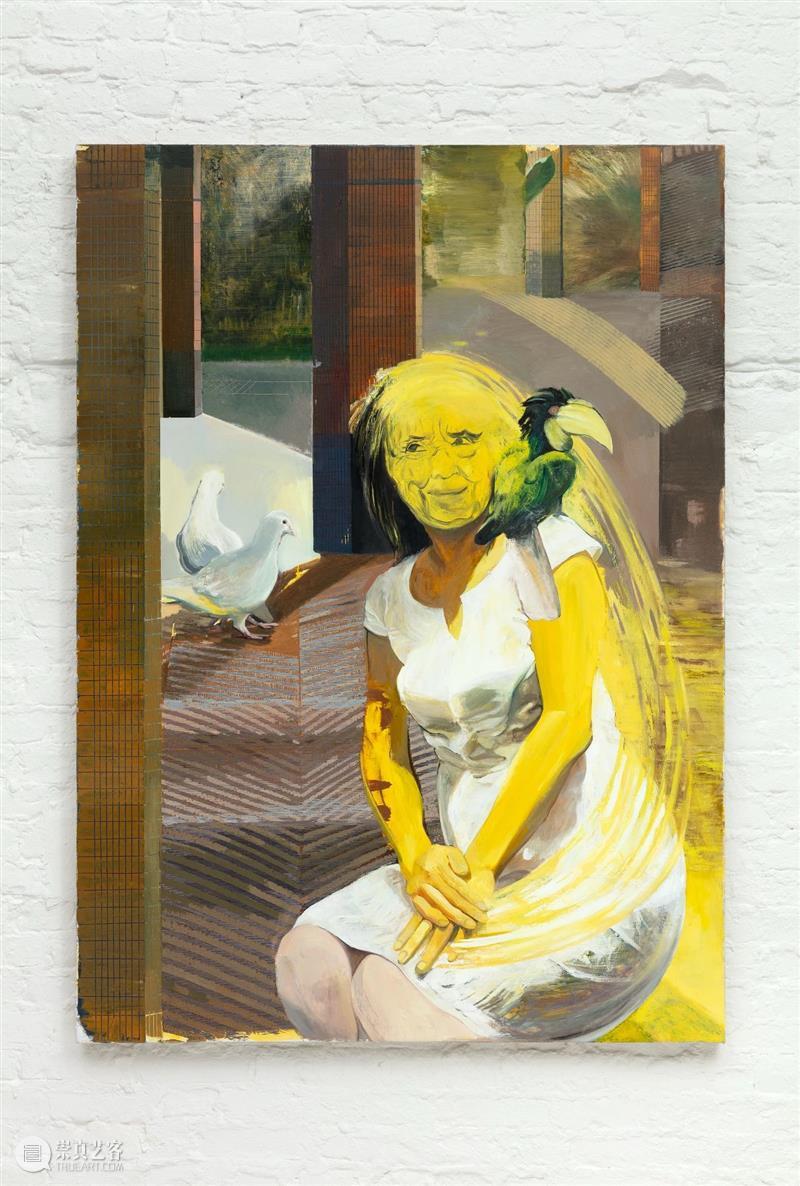
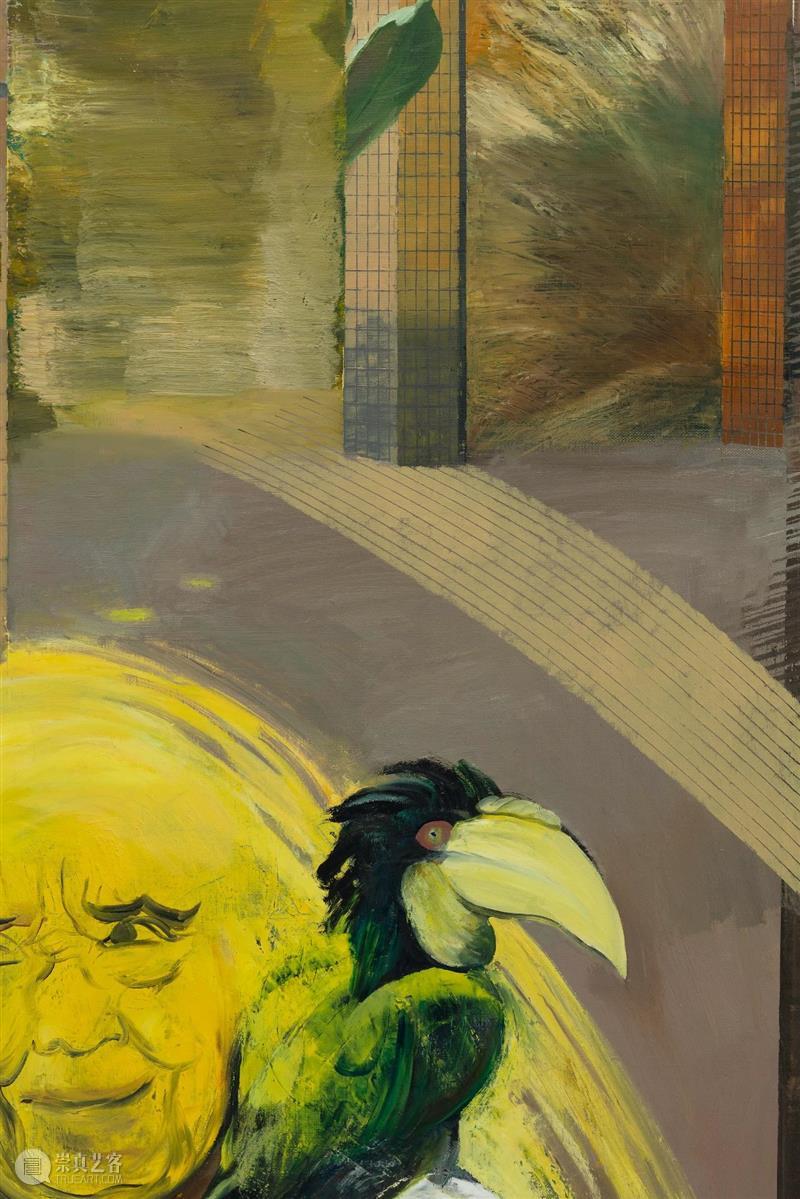
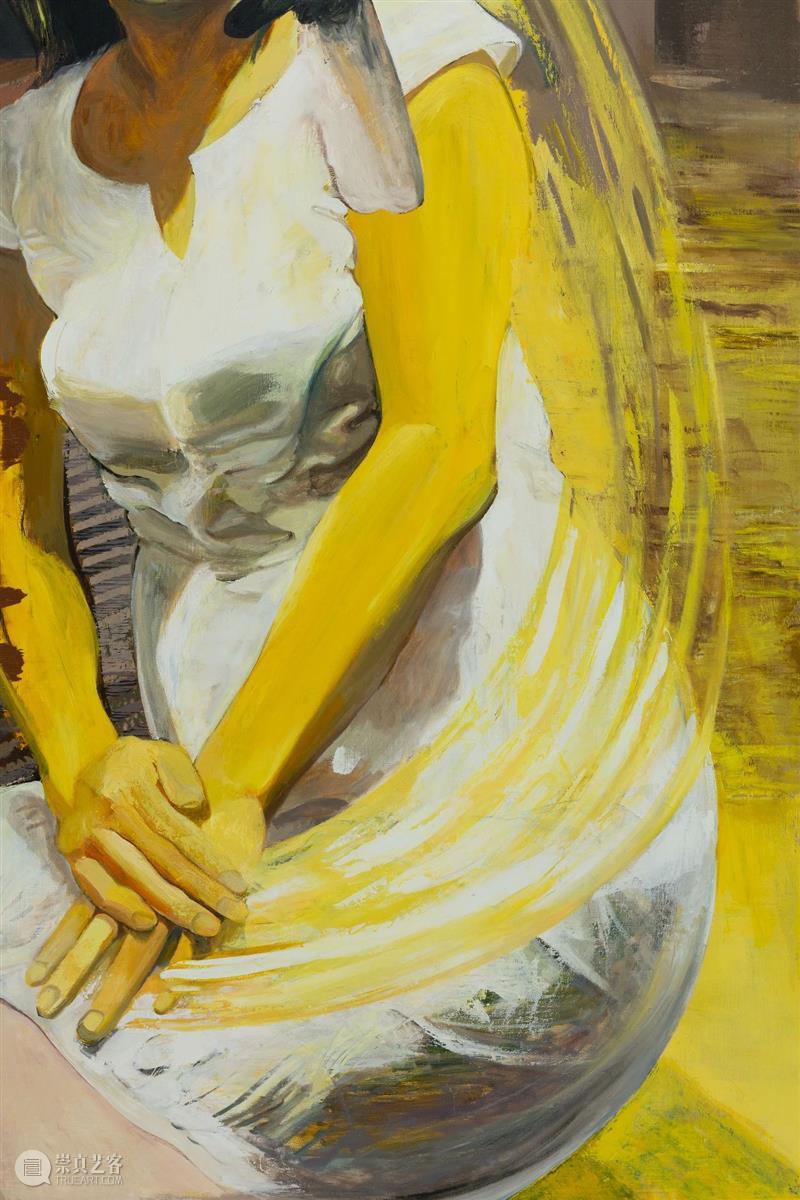
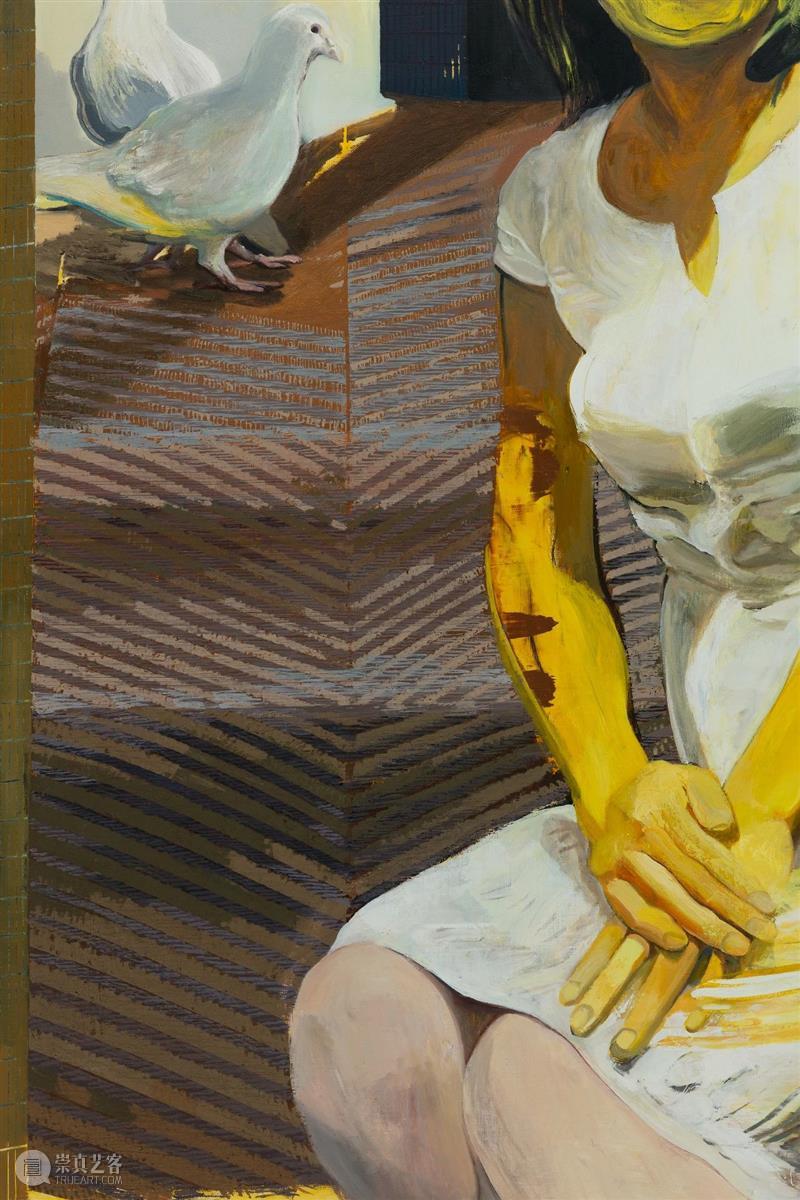





 分享
分享